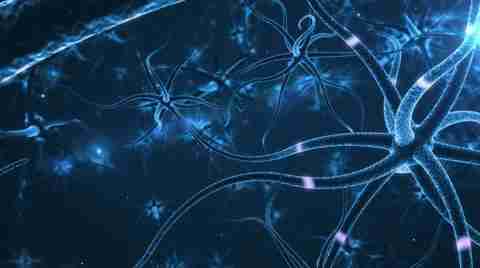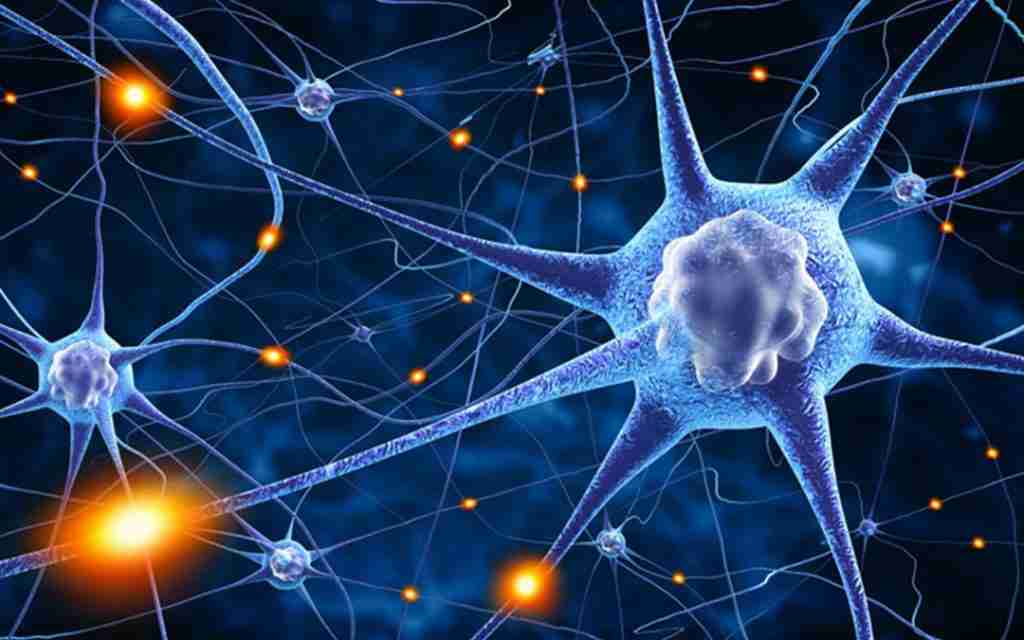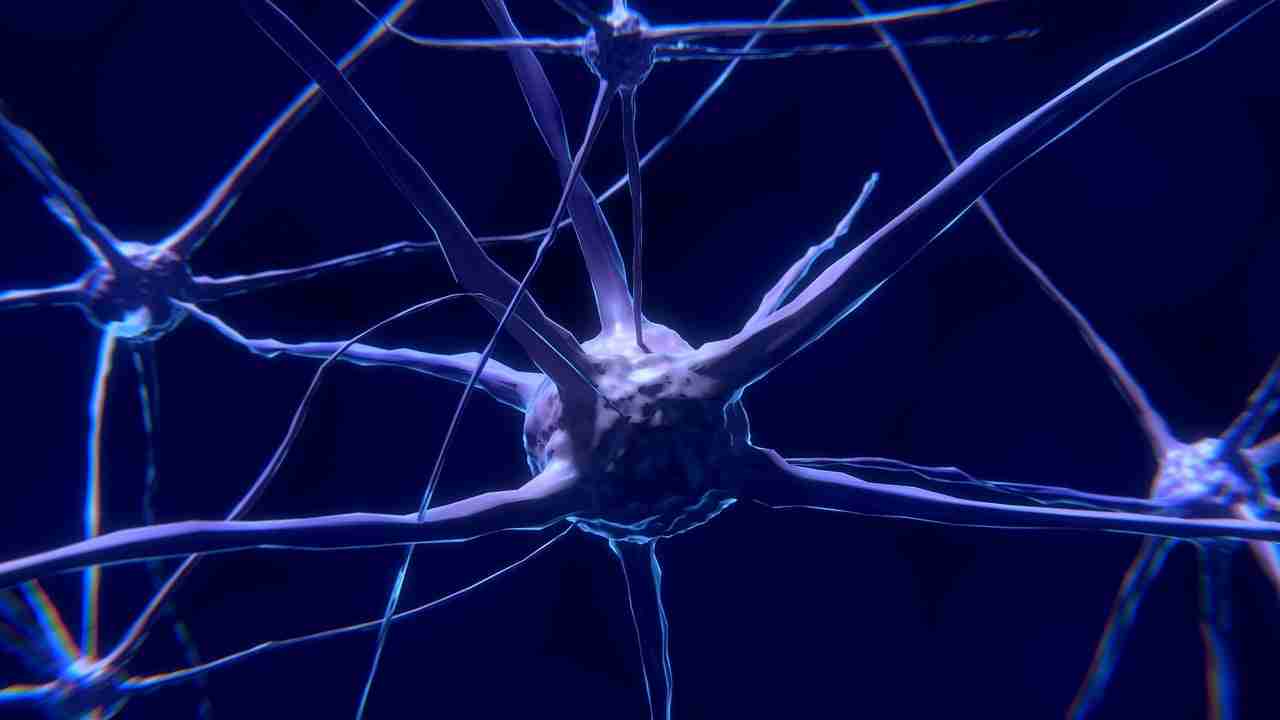22 Fun Facts About Nervous System | Electric Facts
1. Neurons can transmit signals at speeds up to 100 m/s.
Neurons in our body are like lightning-fast messengers, zipping signals at speeds up to 100 meters per second—that’s as fast as a car on the highway!
Even the gentle touch on your fingertip reaches your brain super quickly, at speeds over 100 miles per hour. Some nerve signals race even faster, nearly hitting 300 miles per hour.
2. The human nervous system consists of two parts.
The human nervous system is split into two key parts, the central nervous system (CNS), which includes our brain and spinal cord, and the peripheral nervous system (PNS), a vast network of nerves that stretches across our body.
The CNS acts as the command center, interpreting signals, while the PNS connects the CNS to every corner, ensuring communication throughout.
3. The optic nerve contains over one million nerve cells.
The optic nerve, a key player in our central nervous system and crucial for vision, is packed with 770,000 to 1.7 million nerve fibers. These fibers, axons of retinal ganglion cells, transmit visual information from the eye to the brain.
Interestingly, the optic nerves cross over into the brain, enabling our brains to create a cohesive image.
4. Humans’ brains have more neurons than the Milky Way stars.
One of the most interesting facts about the nervous system is that the human brain is a universe within itself. With 100 billion neurons and over 100 trillion connections, it has more neurons than the Milky Way stars.
From birth, these neurons form networks more vast and complex than the galaxy, constantly changing from milliseconds to decades.
5. The nervous system can respond to stimuli in just 0.005 sec.
Our nervous system is incredibly fast, detecting and responding to stimuli in just 0.005 seconds. Nerve impulses, moving at speeds up to 119 meters per second, carry information from sensory receptors all over the body to the brain and spinal cord.
This rapid response allows neurons to transmit signals as often as 1,000 times per second, showcasing our body’s remarkable efficiency.
6. Nerve impulses in the body move at a speed of 170 mph.
Nerve impulses, the body’s electrical signals, move astonishingly fast, reaching speeds of up to 274 km/h (170 mph), outpacing even the fastest Formula 1 racing cars.
These speeds vary, with the quickest impulses traveling along thicker nerve fibers, demonstrating a remarkable efficiency that far exceeds the speed of blood flow and rivals the speed of electricity itself.
7. The sciatic nerve, running from the lower back to the feet, is the longest.
One of the most lesser-known nervous system facts is the sheer size of the sciatic nerve, the body’s largest and longest nerve. At its thickest point, it measures about 2 centimeters in diameter, roughly the size of a penny.
Originating from spinal roots L4 to S3, it travels from the lower back, through the leg, to the toe, playing a key role in leg and foot sensation. Sciatica, a painful condition, can occur when this nerve is pinched, often due to pregnancy or spinal issues.
8. The nervous system transmits impulses up to 100 m/s speed.

The nervous system is capable of transmitting nerve impulses at incredible speeds, reaching up to 100 meters per second. This speed surpasses Usain Bolt’s top speed by more than eight times, showcasing a range from 0.1 to over 100 m/s.
These rapid transmissions allow nerve cells to communicate messages across the body almost instantaneously.
9. Reflex actions respond instantly to stimuli, skipping the brain’s decisions.
Reflex actions are quick, involuntary responses to stimuli, bypassing conscious thought through a reflex arc. This automatic mechanism enables immediate reaction to potential dangers, like withdrawing a hand from a hot surface, ensuring our safety.
These actions don’t involve the brain’s decision-making, allowing for rapid responses to prevent harm or death from immediate threats.
10. The olfactory bulb is a limbic system part that links scent to emotion.
Another fascinating fact about the nervous system is the olfactory bulb’s crucial role in our sense of smell, part of the limbic system, which influences emotions, memory, and instincts.
This bulb processes odors, linking scents to memories and feelings through connections with the amygdala, hippocampus, and hypothalamus, highlighting the deep interplay between smell, emotions, and memory in our brain’s architecture.
11. How do neurons communicate with each other?
Neurons communicate by sending electrical signals along axons to axon terminals. These signals trigger the release of chemicals called neurotransmitters, which cross tiny gaps called synapses to reach neighboring neurons.
Here, receptors on the receiving neuron pick up these signals, allowing the message to continue. This blend of electrical and chemical communication enables our body to react to internal and external changes efficiently.
12. The nervous system can learn through a process called neuroplasticity.

Neuroplasticity is the brain’s remarkable ability to reorganize and adapt, enhancing learning and memory while aiding recovery from injury. It involves changes in neural pathways and synapses, which can strengthen or weaken over time in response to new experiences or damage.
This flexibility allows for the modification of the brain’s structure and function, showcasing its capacity to evolve and heal.
13. Our nervous system can’t function without the myelin sheath.
The myelin sheath, a protective layer around nerves, is crucial for the nervous system’s efficiency, enabling rapid signal transmission. Made of protein and fat, it ensures electrical impulses move swiftly along nerve cells.
Damage to the myelin sheath slows these signals, impairing nerve function. While some repair is possible, severe damage can lead to permanent nerve fiber loss, highlighting its vital role in neural health.
14. Anxiety and stress can alter brain cells and connections.
Anxiety and chronic stress can significantly impact the brain, altering cells and neural connections, particularly in the hippocampus and prefrontal cortex (PFC).
This damage can hinder brain function, contributing to a higher risk of neuropsychiatric disorders such as depression and dementia. Toxic stress, especially in the absence of supportive caregivers, can disrupt a child’s brain development and weaken cognitive abilities.
15. Starting at 20, humans lose 1/10 of their neurons by age 75.
Another interesting fact about the nervous system is that humans start losing neurons from around age 20, with 1/10th lost by age 75, leading to brain shrinkage. Aging also brings oxidative damage, protein aggregation, and mitochondrial damage to neurons.
Additionally, age-related muscle mass and function decline, known as sarcopenia, mirrors the loss of motor neurons, resembling patterns seen in neuromuscular pathologies.
16. How to calm the nervous system?

To soothe your nervous system, prioritize activities that foster relaxation and joy, such as nature walks, mindfulness, and hobbies. Deep breathing, regular sleep, and a balanced diet are key for a balanced mental health.
Engaging in physical activities, enjoying calming music, and sharing your thoughts with trusted individuals can also promote calmness. These practices help rebalance your nervous system, leading to a more centered and peaceful state.
17. The hypothalamus regulates hunger, thirst, sleep, and mood.
The brain’s hypothalamus naturally orchestrates critical aspects of the nervous system, managing hunger, thirst, sleep, mood, body temperature, and sex drive.
Located above the pituitary gland, it dispatches chemical signals that govern hormone levels, heart rate, and our daily sleep-wake rhythms. Disruptions in its function can trigger a spectrum of disorders, highlighting its central role in our body’s equilibrium and health.
18. The autonomic nervous system controls involuntary functions.
The autonomic nervous system, part of the peripheral nervous system, seamlessly regulates involuntary functions like heartbeat, digestion, respiration, and blood pressure. It comprises sympathetic and parasympathetic divisions, which work in opposition.
This intricate network ensures vital processes occur without conscious thought, maintaining our body’s internal balance and responding to external changes.
19. What are neurotransmitters?
Neurotransmitters are chemical messengers that neurons use to communicate across synapses, affecting other neurons, muscles, or glands. Over 100 types exist, including serotonin, and acetylcholine, playing key roles in regulating mood, appetite, and sleep.
They transmit signals in the brain’s complex network, facilitating the seamless execution of bodily functions and emotional responses.
20. Laughing engages multiple nerves, releasing joy chemicals.

Laughing at a joke activates multiple brain areas, including the motor cortex, supplementary motor area, and limbic regions like the anterior cingulate cortex, amygdala, nucleus accumbens, and hippocampus.
It increases heart rate, triggers laughter, and releases feel-good neurotransmitters like dopamine, serotonin, and endorphins. The right frontal lobe plays a key role in humor appreciation, while mirror neurons make laughter contagious.
21. Nerve damage is usually irreversible.
Nerve damage often cannot be fully reversed, making early treatment crucial to minimize permanent harm. While some nerves can heal independently, severe injuries to specific nerves, like the spinal cord nerves, may not recover, leading to chronic pain or numbness.
Advances in medicine offer new ways to restore muscle function in serious cases, yet there’s a critical time window for treating nerve injuries to prevent lasting damage.
22. Alpha motor neurons transmit signals fastest in our body.
The fastest signal transmissions in the human body are carried out by alpha motor neurons, which reach speeds of 431 km/h, thanks to their large, myelinated axons.
These neurons, crucial for muscle control, contrast sharply with the slowest signals in the skin at 1.6 km/h. Notably, we begin to lose neurons as we age, impacting these transmission speeds.
FAQs
The basic unit of the nervous system is the neuron, a specialized cell designed to transmit information to other nerve cells, muscle, or gland cells through electrical and chemical signals.
The nervous system’s function is to coordinate and control body activities. It sends and receives information, allowing responses to stimuli, regulating bodily functions, and enabling thought, emotion, and memory processes.
The sympathetic nervous system is part of the autonomic nervous system that prepares the body for ‘fight or flight’ responses. It increases heart rate, releases adrenaline, and diverts blood to muscles.
The nervous system features distinct colors, with gray matter comprising nerve cells and neuroglia, lending it a gray hue. This contrasts with white matter, known for its whitish appearance due to myelinated nerve fibers.
The nervous system works by transmitting signals between the brain and the rest of the body. Neurons send these signals through electrical impulses and chemical messengers, allowing for quick communication and response to stimuli.







